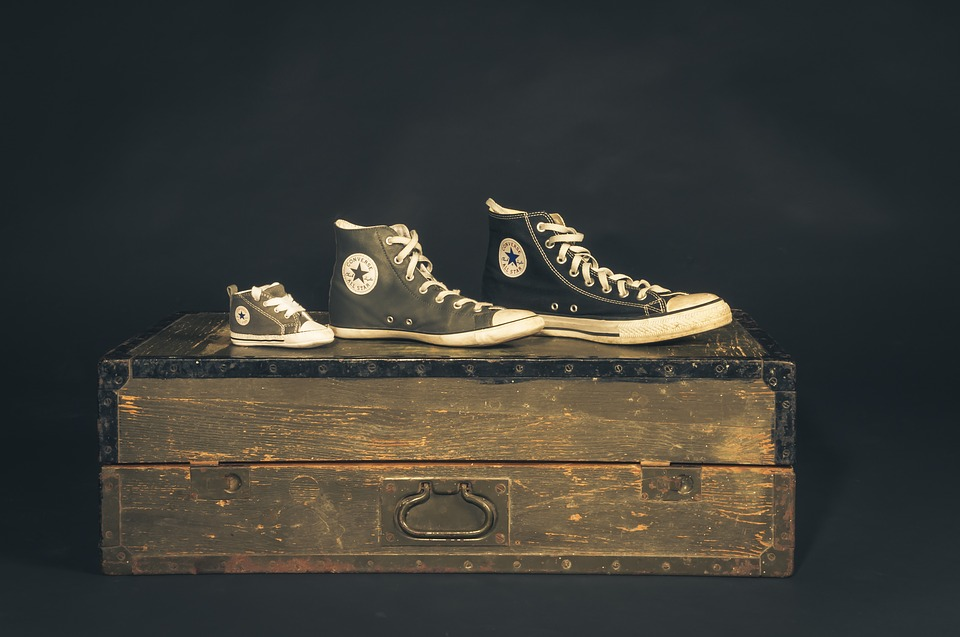Since 1947, the International Organization for Standardization (ISO) has been creating quality control standards to ensure the safety of products and services worldwide. With more than 22,000 quality standards in industries ranging from healthcare to food and beverages, ISO is committed to creating a safe and consistent user experience across countries and cultures. In addition, ISO standards are reviewed every five years to adapt to changes in technology and consumer needs, ensuring nothing is too out-of-date.
Although ISO’s goal is to encourage uniformity in systems and products, some of the items that ISO covers may surprise you. Here’s a brief overview of how ISO standards are used to improve the user experience, and how even some of the most obscure ISO standards still have an impact on everyday life.
Why Are ISO Standards Important?
ISO gives organizations around the world a common set of guidelines and requirements to ensure that products, processes, and services are appropriate for usage. ISO standards are especially important in industries related to consumer and manufacturing safety, such as with medical devices and food products. For example, ISO standards ensure that thermometers are calibrated the same way in different hospitals (ISO 80601), that food safety hazards are minimized (ISO 22000), and that personal and sensitive data is protected (ISO/IEC 27000). ISO standards can also apply to creating standard country codes, units of measure, and time and date formats.
Other examples of ISO standards are related to a company’s internal processes, such as security management or quality management systems. For example, the language services industry complies with ISO standards with the goal of streamlining processes, improving worldwide communication, and ensuring cross-regional or cross-linguistic understanding of different products.
What Are Some Of the Most Obscure ISO Standards?
While some standards seem obvious (like standardized units of measure or safety precautions), these overarching topics have implications for other products, too. Here are a few obscure ISO standards that you’ve likely encountered, but never thought of before.
ISO 3591: Wine Glasses
Established in 1977 and re-confirmed in 2016, ISO 3591 outlines the specifications for the manufacture of wine glasses. The standard defines a wine glass as “a cup (an "elongated egg") supported by a stem resting on a base” and further specifies that “the opening of the cup is narrower than the convex part so as to concentrate the bouquet.” Additional physical and dimensional characteristics are outlined, as well as an annex offering recommendations for use.
ISO 9407: Shoe Sizes
ISO 9407 specifies that shoe sizes must be measured on the Mondopoint system, which is measured in millimeters and based on the average foot length and width. It appears that ISO needed a few tries to get this standard right; ISO 9407 replaced three previous standards related to shoe sizes (ISO 2816, ISO 3355, and ISO 3844).
ISO 5355: Alpine Ski Boots
Adrenaline junkies, rejoice -- there’s an ISO standard to ensure your most important equipment is up to snuff. ISO 5355 delineates the requirements, test methods, and marking used in ski boots to ensure user safety. This standard requires that ski boots size 15 and larger on the Mondopoint scale are flat in the forefoot and have a height of 19 mm, plus or minus 1 mm.
ISO 16: Standard Musical Pitch
Not all ISO standards are related to tangible items. Have you ever an orchestra where that one violin was just slightly out of tune? That violinist may not have been compliant with ISO 16. ISO 16 standardizes the musical pitch of the note A in the treble stave to be 440 Hz. This means that tuning forks and electronic tuners will be set to the same pitch in order to help musicians tune their instruments and create a harmonious performance.
Want to Learn More About ISO?
The United Language Group is certified to a number of ISO standards, including ISO 13485 for quality management and ISO 27001 for information security management. If you are looking to comply with a new ISO standard or aren’t sure where to begin, contact a ULG specialist today.

